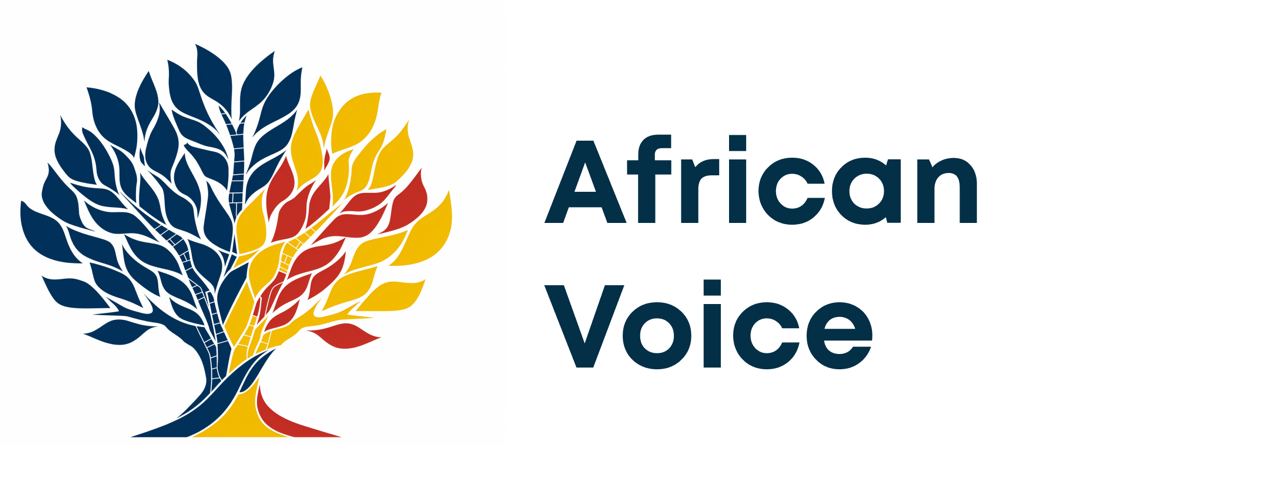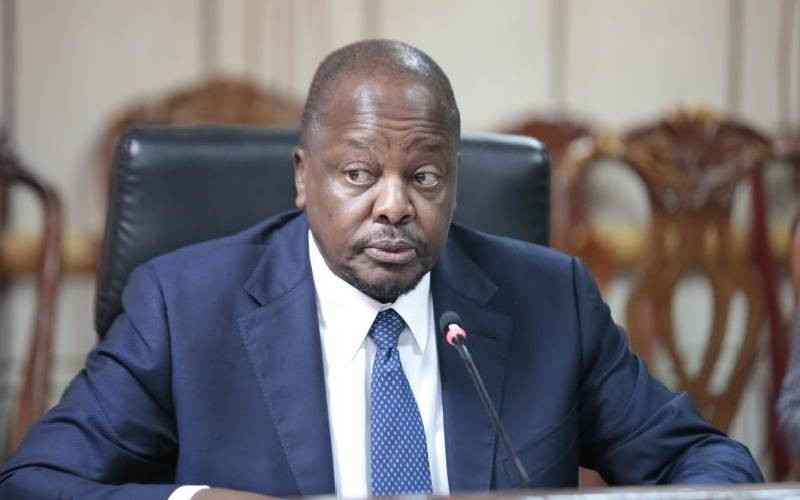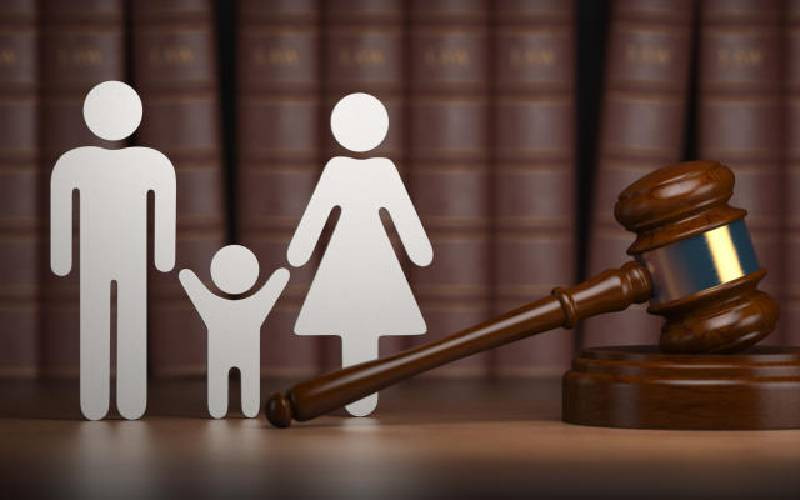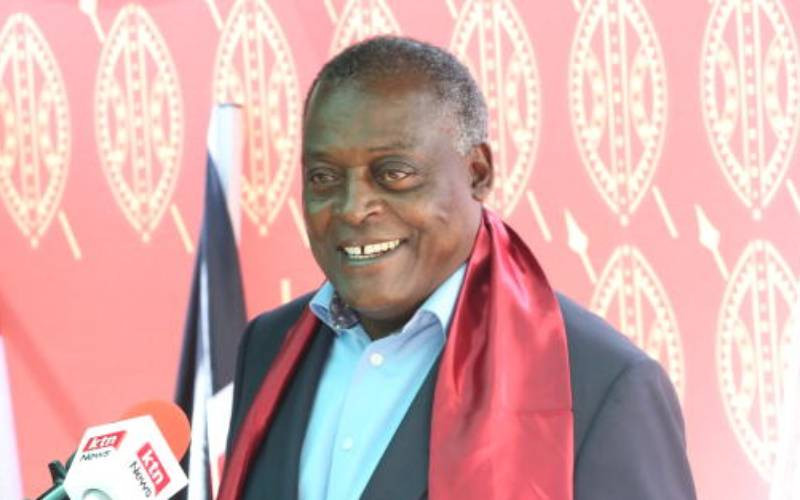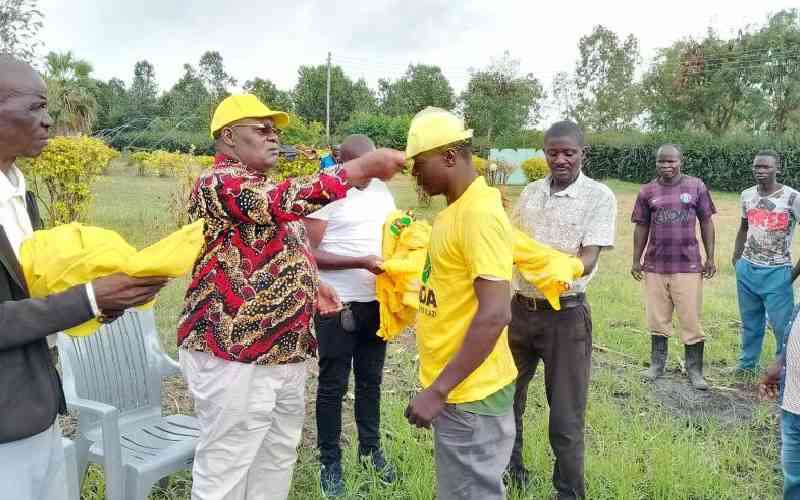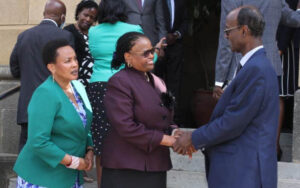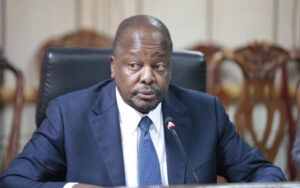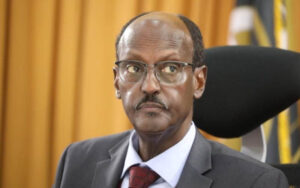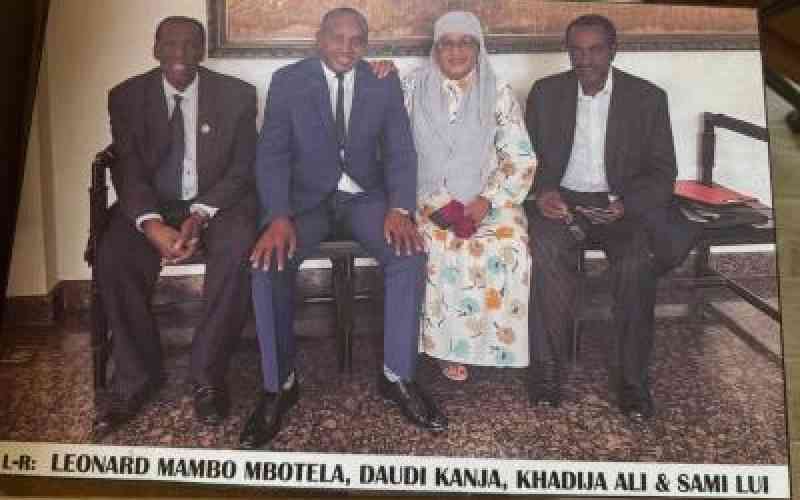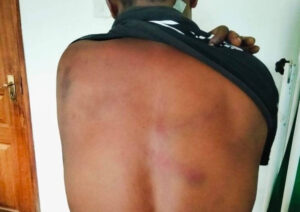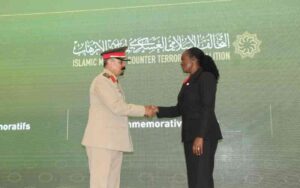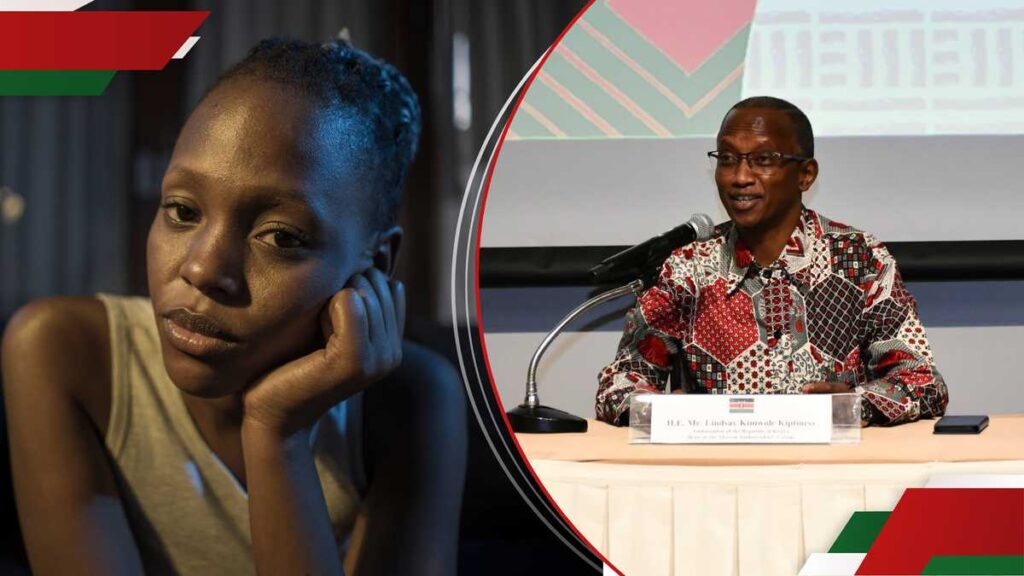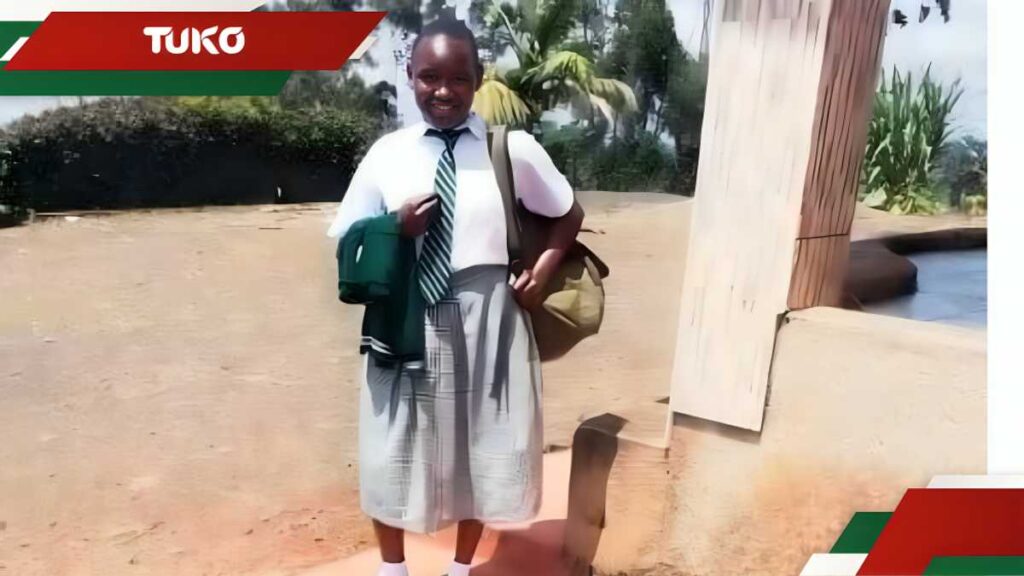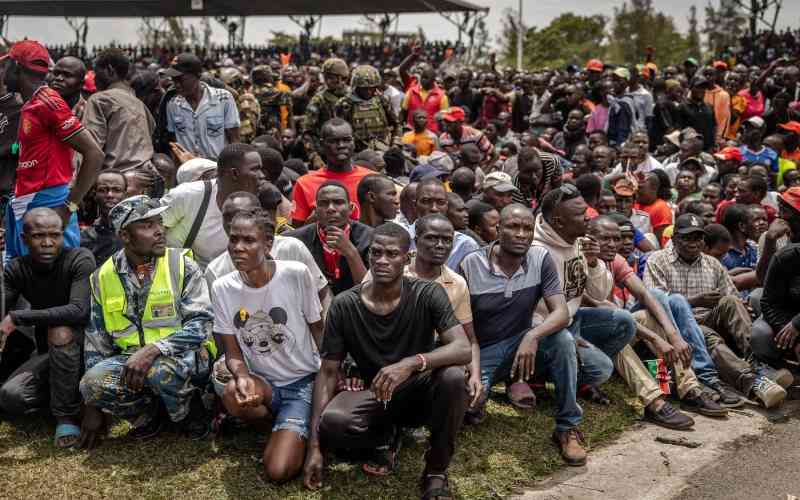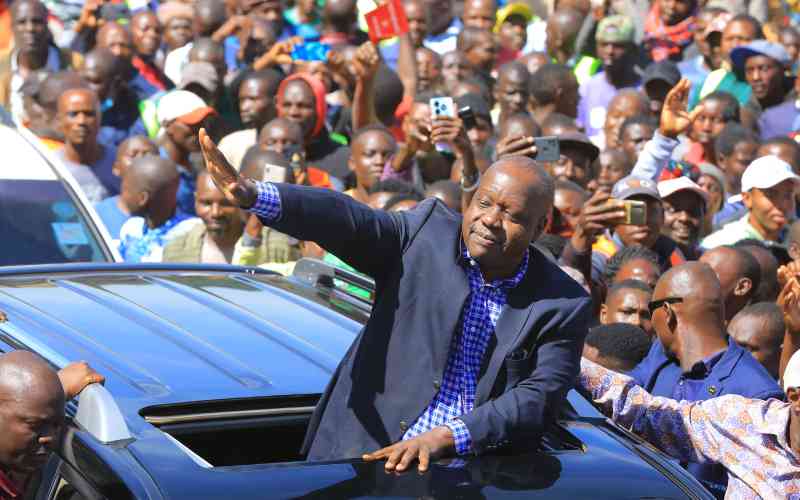Eleven years after the brutal and mysterious murder of former Kabete MP George Muchai, his two bodyguards and driver, the Office of the Director of Public Prosecutions (DPP) closed its case against seven suspects.
Muchai was killed on February 6, 2015, within Nairobi’s Central Business District, alongside his two bodyguards–Samuel Kailikia and Samuel Matanta, and his driver, Stephen Wambugu.
The prosecution wrapped up its case after presenting more than 37 witnesses in the murder trial.
Trial High Court Judge Kanyi Kimondo, however, directed all parties to file and serve their final submissions ahead of setting a judgment date.
He scheduled a meeting for June 24 to confirm compliance
The seven accused, Eric Isabwa alias Chairman, Raphael Kimani alias Kim Butcher, Mustapha Kimani alias Musto, Stephen Astiva alias Chokore, Jane Wanjiru alias Shiro, Margaret Njeri, and Simon Wambugu, denied the murder charge.
On February 19, 2024, one of the key witnesses, Assistant Superintendent of Police Stephen Mwangi, unveiled what he described as an extensive web of communication among the accused before and after the murder.
In gripping testimony, Mwangi, who is also part of the investigating officers in the case, revealed that the accused had been in frequent contact, some exchanging over 150 phone calls in the critical days leading up to and following Muchai’s assassination.
Mwangi, the prosecution’s thirty-seventh witness, presented a detailed communication analysis matrix before Justice Kimondo, showing the pattern of calls exchanged among the accused from February 1 to February 10, 2015.
The communication report was produced as an exhibit in court and painted a stark picture of a possible conspiracy that led to Muchai’s death.
As the officer in charge of communication analysis and data integration, Mwangi explained that he had extracted data from the mobile numbers of the seven accused persons.
He noted a particularly strong link between Raphael and Astiva, who exchanged more than 100 phone calls before, during, and after the incident.
Another witness, Senior Sergeant Francis Ole Singila, told the court that a G3 rifle allegedly used in the murder was recovered from the home of one of the accused, Isabwa, whom the prosecution claims was the lone gunman responsible for killing Muchai and his aides on the fateful day.
Stay informed. Subscribe to our newsletter
The G3 firearm, which police said was used in the killings, was reportedly found hidden in a golf bag along with black masks at Isabwa’s residence, items he allegedly used to conceal his identity during the incident.
Sergeant Singila further testified that two rounds of ammunition were discovered at the doorstep of Jane Wanjiru, the fifth accused, concealed beneath a concrete stone.
Singila, who was tasked with tracing the whereabouts of the accused, said they also seized several items, including a gun pin, two balaclavas, and a pair of pliers.
The ammunition was reportedly stored in a black polythene bag.
When asked if the balaclavas were tested for DNA, Singila said he was unaware, as DNA analysis fell under the responsibility of the investigating officer.
Defence lawyer Stephen Ogalo pressed further: “Do you know if any of these exhibits were examined for fingerprints?”
Singila admitted he was not aware of any fingerprint analysis, even though he had recovered the gunpin.
He clarified that, at the time, dusting the pin for fingerprints was considered insignificant since members of the public had reportedly handled it like a coin.
Government pathologist Dr. Johansen Oduor, who also testified in the case, told the court that former MP Muchai was killed by gangsters using a high-velocity firearm.
Dr. Oduor, the 35th prosecution witness, informed Justice Kimondo that the weapon used was either a G3 rifle or an AK-47.
Upon examining the bodies of Muchai and his aides, he observed gaping wounds consistent with injuries caused by a powerful weapon.
In his testimony, Dr. Oduor stated that the victims were shot at close range.
“From the extent of the injuries, it was evident they were rapidly fired upon, leaving the bodyguards no chance to return fire,” he told the court.
He added that the head of Muchai’s bodyguard, who had been seated directly behind the driver, appeared to have been “blown out on one side.”
Justice Kimondo also heard that the lone gunman shot the driver in the chest, with bullet fragments later found lodged below the neck at the back.
Dr. Oduor further testified that he counted five bullet entry wounds and two exit wounds across the four bodies.
Producing the postmortem reports in court, he confirmed that all four victims died instantly in the attack.
His findings were corroborated by the lead investigating officer, Sergeant Moses Otiu Opiyo, who told the court that Muchai, a former Deputy Secretary-General of the Central Organisation of Trade Unions (COTU), and his aides were gunned down in an open range by a G3 rifle.
Sergeant Opiyo identified in court the lone gunman as Eric Isabwa, alias “Chairman,” and said the victims were “pumped with bullets” by the masked assailant.
He revealed that the G3 rifle used in the murders had been stolen from Corporal Patrick Wamae within the Karen area in October 2014, five months before Muchai’s assassination.
Opiyo added that police later recovered both the stolen G3 rifle and a Ceska pistol, which had been taken from Muchai’s bodyguard.

